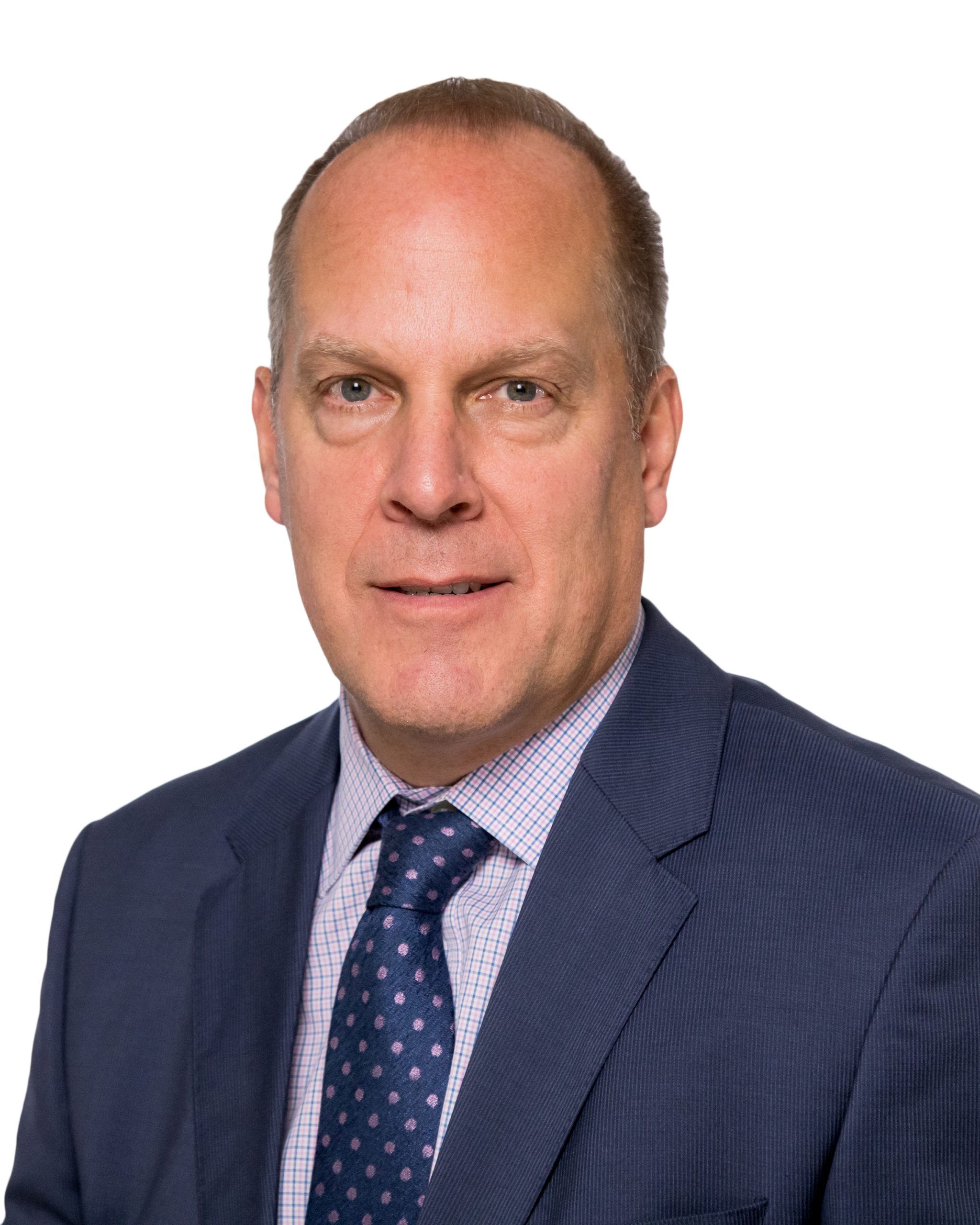
At our recent annual leadership conference in Toronto, we at the Investment Funds Institute of Canada (IFIC) hosted an international regulations panel featuring industry leaders from Canada, the U.K. and the U.S., who outlined some of the regulatory issues they are working on within their jurisdictions.
While these regulatory matters might be known by different names in each country, we all face similar challenges and can learn from each other’s experiences.
Take total cost reporting (TCR) as an example.
TCR is part of a global shift toward increased fee transparency in the industry. When TCR takes effect in Canada in about two years, it will apply to all publicly offered investment funds, including mutual funds, ETFs and segregated funds.
TCR builds on the fee disclosures required under the Client Relationship Model Phase 2 (CRM2), the final phase of which launched in 2016. While CRM2 increased visibility for certain fees that investors pay, some surveys — including a recent one conducted by IFIC and Pollara Insights — show that many investors mistakenly believe CRM2 fee reports show all their investment costs, including embedded costs, which is currently not the case.
That will change under TCR. Dealer firms will be required to provide investors with annual comprehensive, enhanced information about the costs of investing, in both dollar and percentage terms. This will incorporate embedded product costs, consisting of the management expense ratio and trading expense ratio, which add up to the fund expense ratio. Investment fund managers will have to provide dealer firms with detailed fund-expense data for each security to facilitate this reporting.
The U.K. moved to total cost reporting ahead of Canada with the launch of their Cost Transparency Initiative in 2018. Jonathan Lipkin, director of policy, strategy and innovation with The Investment Association in the U.K., was a panellist at IFIC’s conference in October. He pointed out that “there’s a desire for a single figure among consumers. Whether it’s for a plane ticket or anything else, people want to know what the final price is.”
Implementing enhanced fee transparency is complex and, not surprisingly, the U.K. has run into technical challenges when calculating a single figure to put on investor account statements. The extent to which this figure is well understood by investors, resulting in good decisions, is not known.
According to Jonathan, something that worked well in the U.K. is having “one source of truth with respect to definitions.” He also noted that the U.K.’s fee-transparency templates for asset managers and others are machine-readable to help ensure that data can be easily extracted and processed.
While the U.K. is ahead of Canada on TCR, our neighbour to the south lags behind us. The Securities and Exchange Commission (SEC) has not yet adopted direct and indirect fee transparency or “individualized cost reporting,” as it’s called there. According to Sarah Bessin, deputy general counsel with the Investment Company Institute, also a panellist at IFIC’s conference, the U.S. is beginning to wade into some enhanced disclosures, “but there have been a lot of operational concerns” about implementation. She noted that just getting the data could be difficult since most funds in the U.S. are sold through intermediaries.
Here at home, the investment funds industry is largely embracing the concept of fee transparency, but we can expect to face obstacles too because of the complexity of the large-scale associated system changes.
Shalomi Abraham is senior vice-president, head of legal, Canada, and assistant general counsel, Americas, with Invesco. At the conference, he pointed out that TCR will be “expensive to implement, as dealer systems aren’t set up for it. The industry has to build platforms to deliver information to clients, and it has to be done right.”
As the Canadian industry actively works on solutions, questions remain. For example, how will fund managers process and deliver the required information, and how often?
The panellists also compared their countries’ progress in other regulatory areas, including ESG investing.
In the U.S., the SEC has proposed a disclosure rule that would potentially apply to almost all U.S. funds, regardless of whether they consider themselves ESG funds. The rule would require funds and advisors to provide more specific disclosures in fund prospectuses, annual reports and advisor brochures based on the ESG strategies they pursue. Many ESG funds would also be subject to the SEC’s recently amended “names rule,” under which a fund that has “green” or “sustainable” in its name must invest at least 80% of its assets in those types of securities.
“The SEC proposal might elevate ESG disclosure over other disclosures and might not address greenwashing issues — it might do the opposite,” Sarah said. “Politically, this puts funds and advisors in a tough position. Some states are asserting their own views and seeking to impose them.”
Jonathan said that, in the U.K., ESG is “not just climate, not just environment. There are 17 UN sustainable development goals. The problem is that the way the industry is investing doesn’t fall into neat categories.” He noted that the U.K. doesn’t have “quite the degree of polarization as the U.S.”
In Canada 15 years ago, there wasn’t a lot of ESG buzz, but now it has “exploded,” Shalomi said. He noted that in 2022, the Canadian Securities Administrators came out with new guidance focusing on client disclosure, and recently completed a large sweep of fund managers, asking them, “Are you doing what you say you’re doing?”
Hearing candid perspectives from colleagues in other countries is instructive and much appreciated. We look forward to more of these open conversations.
Andy Mitchell is president and CEO of the Investment Funds Institute of Canada.
